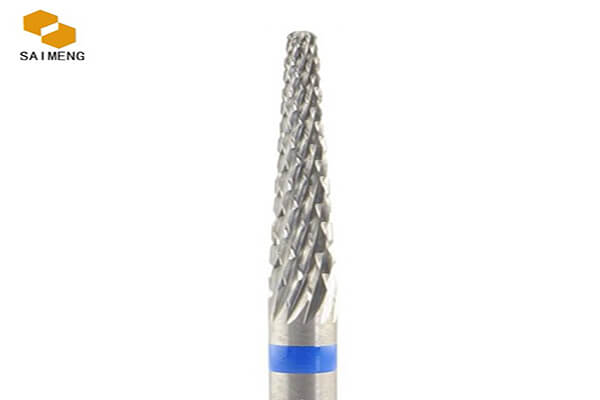The carbide cutter comprising of the rotary burrs are highly recommended for the machining, roughing and finishing of small cavities and difficult to access edges and spaces. Such ability to access the hard to access edges is as a result of its multiple cutting edges, which makes it possible to obtain excellent levels of finish / surface quality, benefiting its use in a wide range of conditions.
The wide range of carbide rotary burrs covers a wide variety of tooth shapes and cuts, achieving optimal adaptation to the main characteristics of the different materials and applications. Such materials include wood and a wide range of metals. However, the correct selection of the cutting tool is based on the hardness of the material and the required finish.
Here, we are going to focus on the carbide burrs and their application in woodwork milling.
Let’s look at the main features of the carbide rotary burrs.

One of the best properties of the carbide rotary burrs is their high level of wear resistance
They last for a long time which means they save you money and stress
When used, they are brisk, have smooth rotation and sharp cutting effects.
They comprise of Clean and neat surface that are without glitches which makes them more efficient.
The main function basically includes the following; three-dimensional clearing angle, slotting and trimming
Note: that each carbide burr is individually packaged in a plastic box.
The extreme hardness of carbide rotary burrs makes them ideal for use in a wide variety of applications in a wide range of industries which include the following;
Aviation
Removal and preparation of welds
Beveled
Deburred
Aerospace industry
Automotive
Naval building
Foundry
In any of these industries, the carbide rotary burrs are basically used for slotting, trimming and more.
Let’s look at some of the recommendations for use
· Strong tungsten carbide rotary bur
· Adjusted speeds; may need to be adjusted further for optimum performance.
· Working at less than optimum speed increases the wear on the cutter.
· The greater the hardness of the material, the lower the speed. However, it is wood in this case.
· Working above the optimum speed makes the tooth round.
· The smaller the strawberry or the burrs, the higher the speed.
· Overheating can melt the weld and can cause the head to detach from the shaft.
· Extra-long drills (> 150 mm length) require lower speeds (Max 15000 RPM).
· The use of worn tools favors wear.
· When making use of the carbide rotary burrs, it is recommended to apply constant movement and light pressure.
· Make sure that you do not penetrate the bur more than a third of its diameter. This is to avoid any mechanical impact to the other non-working parts which may lead to a damage to the burr.
The carbide rotary burs are produced and supplied in a wide range of standard and custom-made shapes and sizes. They are also available in long, double-ended or flexible versions to suit the most specialized processes and applications.